Decaffeination
For coffee lovers, nothing beats the energizing buzz and delicious flavors of freshly roasted and brewed Arabica. But even the most extreme coffee aficionados have to take it easy once the sun starts getting low. We know how it feels, because we are pretty serious coffee nuts as you would imagine. But we want more coffee.
So, coffee is good, but so is sleep. What to do? Well, there is always decaf, right? Some serious drinkers find decaf taboo. Others may find it shrouded in some mystery, thinking “how do they even get the caffeine out?” or “doesn’t decaf taste bad?”. You’re not alone. For starters, there are a few different methods for decaffeination, each with pros and cons. Then there is the myth that even decaf has some caffeine. Well let’s dive in a take a look.
While coffee itself has been around for centuries, decaf has only existed for the last 100 years. Three techniques are used to decaffeinate coffee, methylene chloride, Swiss Water and carbon dioxide. During any of the decaffeinating processes, the molecular composition of the bean is altered, thus resulting in a darker bean. While, all three methods are FDA approved, Old City Coffee only carries Swiss Water and CO2 decaf varieties. We believe these are safe and effective methods compared to the other options because of their use of natural compounds.
Almost every process for decaffeination consists of soaking the beans in water to dissolve the caffeine, extracting the caffeine with either a solvent or activated carbon, and then re-soaking the coffee beans in the decaffeinated water to re-absorb the flavor compounds that were lost in the initial extraction. The solvents commonly used in commercial production are methylene chloride or ethyl acetate, which both have a low boiling point. Since ethyl acetate is found naturally in fruits you will hear people call this process “natural.” In any case the solvent never comes in contact with the coffee bean itself, but only the water solution containing the caffeine that was previously extracted from the coffee bean. Therefore the water decaffeination process is relatively benign. But let’s take a quick look at a few other decaffeination methods.
Invented in Germany in 1906, the original methylene chloride decaffeination process superheats the raw (green) coffee beans, then floods them with solvent benzol leaving the beans caffeine free. The heat, of course would negatively impact the flavor of the brew and the use of benzol, a coal-tar product, does not sound particularly health or appetizing.
The Swiss Water process was created in the 1970’s due to health concerns surrounding the original method. During this process, coffee beans are soaked for hours in water that draws out the caffeine. The caffeine-rich water is then run through a pre-treated charcoal bed to remove the caffeine. Because the charcoal has been pre-treated, the amount of coffee components that would otherwise be retained in the charcoal bed is reduced. The caffeine-free mixture is concentrated and added to the partially dried coffee beans. The principle of water processed decaf coffee is that the solution is saturated with all components soluble in water other than caffeine. Therefore, only the caffeine in the bean is allowed to escape whereas the rest of the compounds are in equilibrium. This method is definitely superior to the benzol method in final taste and health effects. We like this process and some of our decaf options use this method because all that is used is water and natural charcoal (a great natural filter).
Carbon dioxide method, the newest process uses an ingredient particularly important to our environment. Carbon dioxide makes an ideal solvent for caffeine, making it possible to decaffeinate coffee naturally without chemicals, while retaining all the valuable flavor and aroma of the coffee. Carbon dioxide is natural and everywhere, you’re breathing it out right now in fact. In the carbon dioxide decaffeination process, green coffee beans are soaked in highly compressed CO2, which extracts the caffeine. The caffeine is then removed from the CO2 using activated carbon filters, which are then reused to extract caffeine from the coffee again. So this is another process that has little health concerns but is effective at removing caffeine.
Both the Swiss Water and carbon dioxide methods tend to loose some vital coffee oils, but the final result is chemical free and caffeine free. Just how much caffeine do these processes take out? We’re sure you’ve heard someone say “even decaf has caffeine.” Is this true? Well technically, it can be true. The results depend on the method used to decaffeinate. According to some sources, the swiss water process removes nearly 99.9% of caffeine. So you’d have to drink more cups than Honore’ Balzac, who famously drank 40 cups a days, to feel anything. The CO2 process and some other process are also rate at removing anywhere from 94-98% of caffeine. Here too, you’d have to drink a great many cups before you feel any of the classic coffee buzz.
So what can we conclude? Well, new decaffeination methods are safe and extremely effective. If you are concerned about drinking decaf and getting a small buzz, fear no longer. As for the taste of decaf, it is true that the process can have a negative impact on taste. But today’s methods are much better than those just a few decades ago and have become much better at retaining that delicious taste. So next time you go for a cup of coffee after 5pm, think about decaf!


